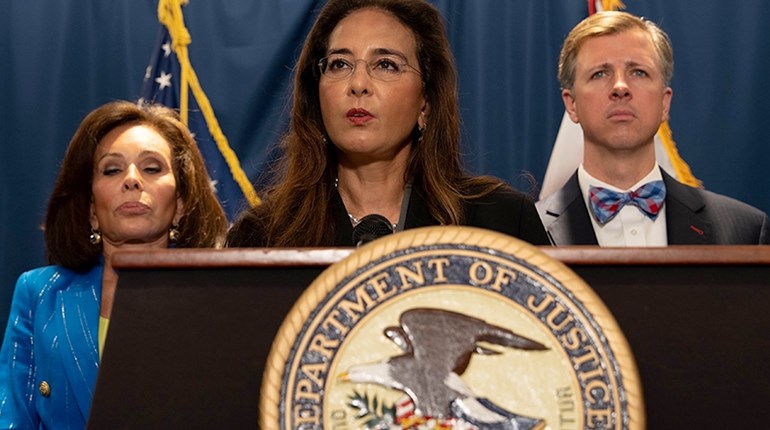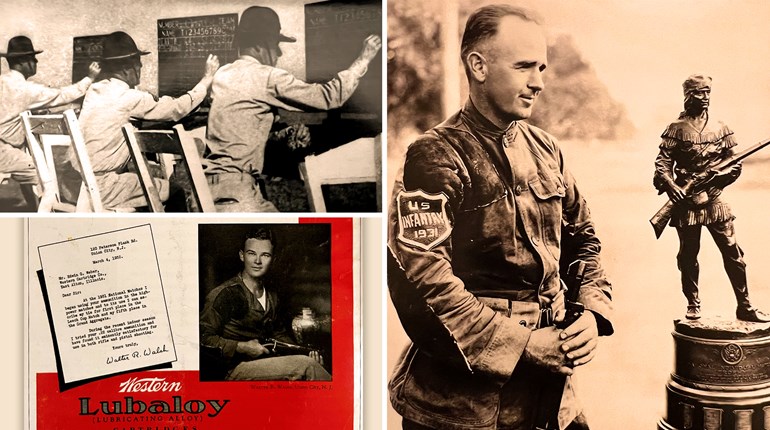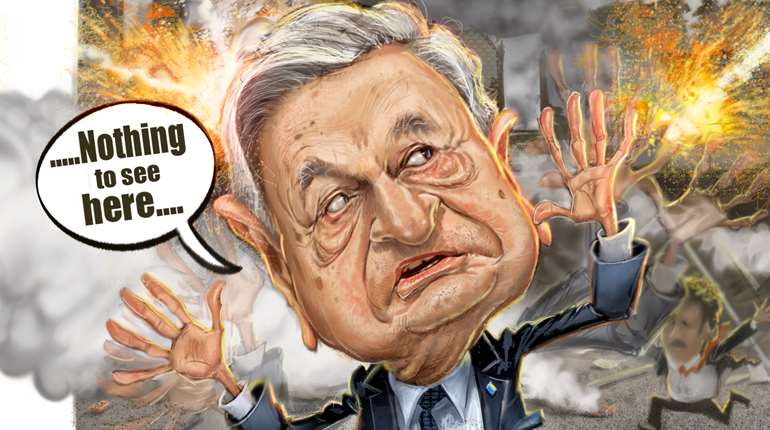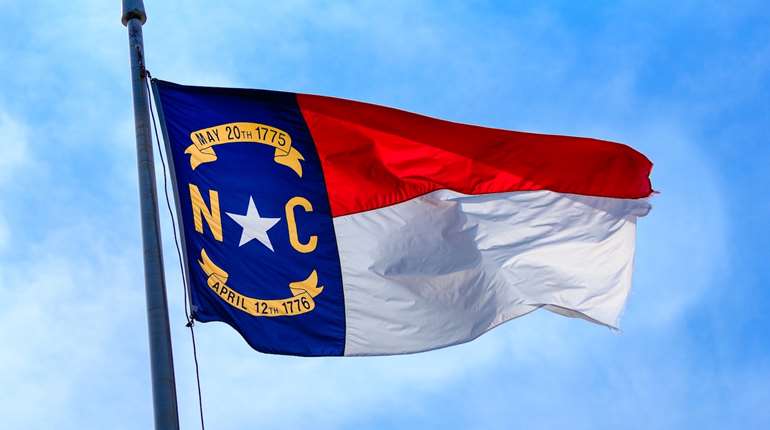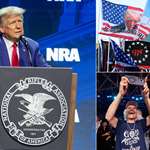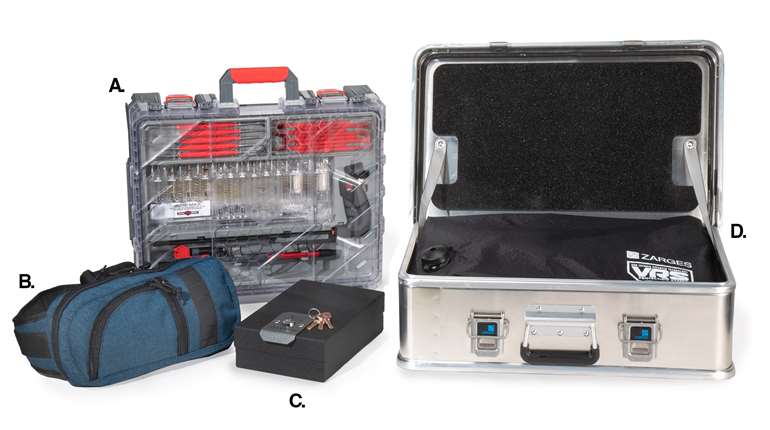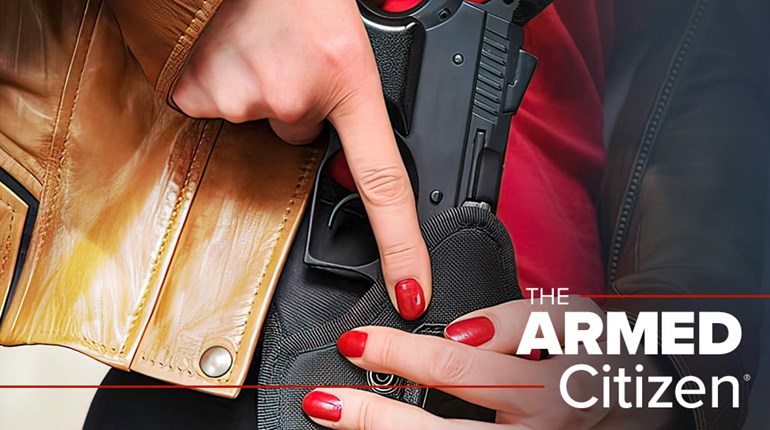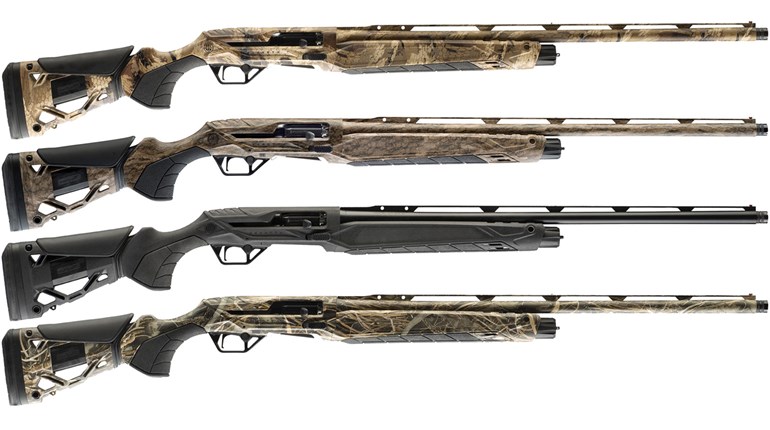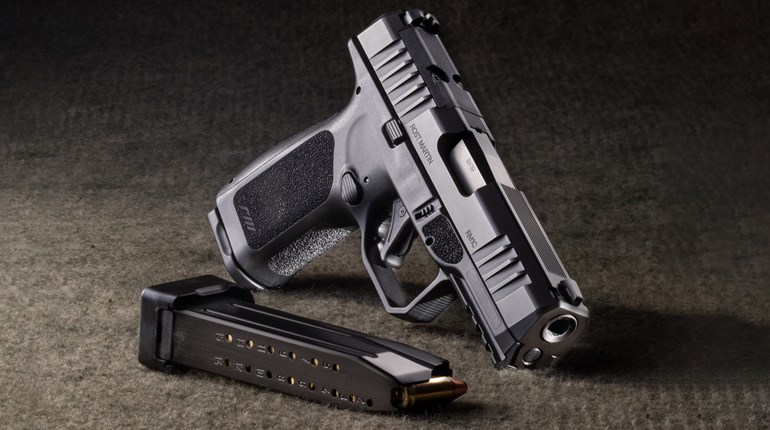
Photo: Image by Brett Hondow from Pixabay, composite image by America’s 1st Freedom staff.
The Tacoma, Wash., City Council voted 8-0 Tuesday to tax the sales of firearms and ammunition.
After previously delaying a vote on the “Firearms and Ammunition Tax,” the council ruled that a tax of $25 will be placed on each firearm sold, as well as a tax of 2 cents per round of ammunition .22 caliber or less, and 5 cents per round of other ammunition, all sold at retail. The tax will go into effect July 1, 2020, and proponents claim it will raise $30,000 annually.
The original ordinance was changed to include language that allows the council to “conduct a review” each year and repeal the tax if it is deemed to negatively affect the community. Prior to the tax’s July implementation, city leadership will meet to assess the tax’s impact.
Several amendments to the ordinance also passed. The first clarified that the tax would not apply to “parts or components used to make a firearm.” This was intended to clarify specifically to what the tax applies. However, when one council member asked if this would be open for interpretation in the future, he was told it would.
A second amendment passed that will “make recommendations to use the funds raised from this tax to assist in developing and implementing a gun buyback program.” Note the irony of that.
The Nov. 12 Tacoma City Council meeting featured more than 100 people signed up to give public input – most of whom spoke about the tax – and was standing-room only. The public input segment alone lasted roughly 3 hours.
Among those present were employees of firearms manufacturer Aero Precision, a company based in Tacoma with nearly 500 employees. “This type of regressive tax really impacts our ability to be competitive,” said Scott Dover, CEO.
Council member Ryan Mello, one of the co-sponsors of the ordinance said, “It is not the end of the road – it is one step we can do at the local level,” signaling that more anti-gun restrictions could be expected.
The NRA Institute for Legislative Action previously reported the ordinance would “punish law-abiding gun owners and retailers in Tacoma, while doing nothing to hinder criminals or reduce crimes involving firearms,” adding that “the tax measure would disproportionately impact lower income residents who nonetheless seek to exercise their Second Amendment rights.
Tacoma’s “Firearms and Ammunition Tax” is modeled after a similar Seattle tax that took effect in 2016. Despite Seattle projecting between $300,000 and $500,000 in revenue from the tax annually, the Seattle Times reported that the city only collected $93,000 in 2017 and $104,000 in 2016













